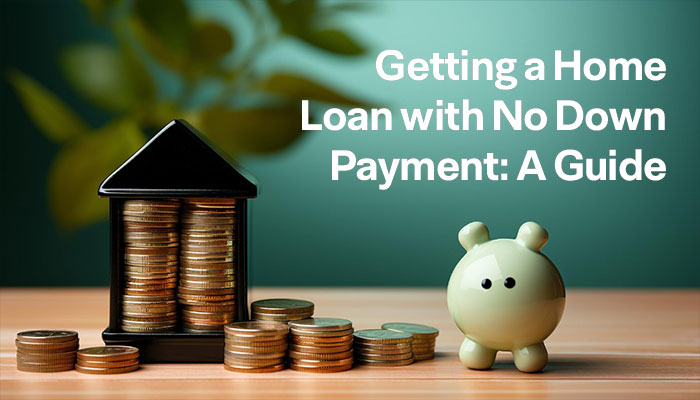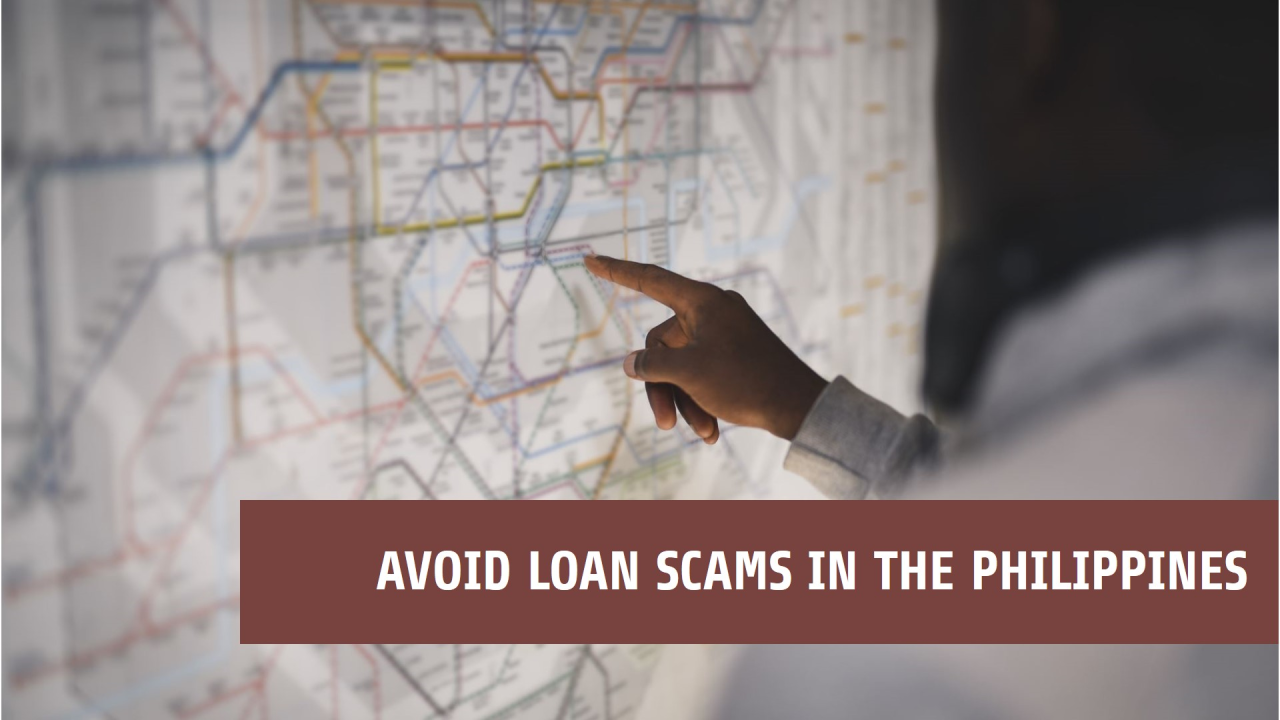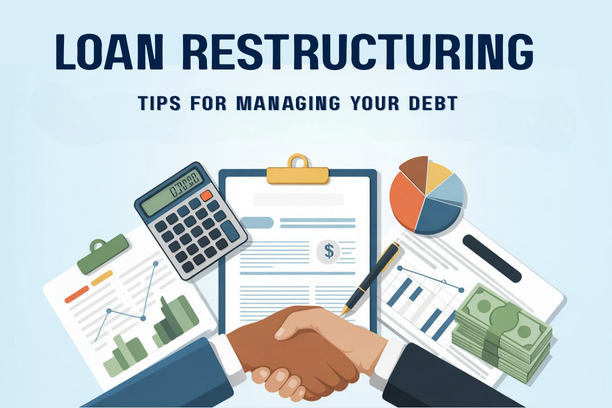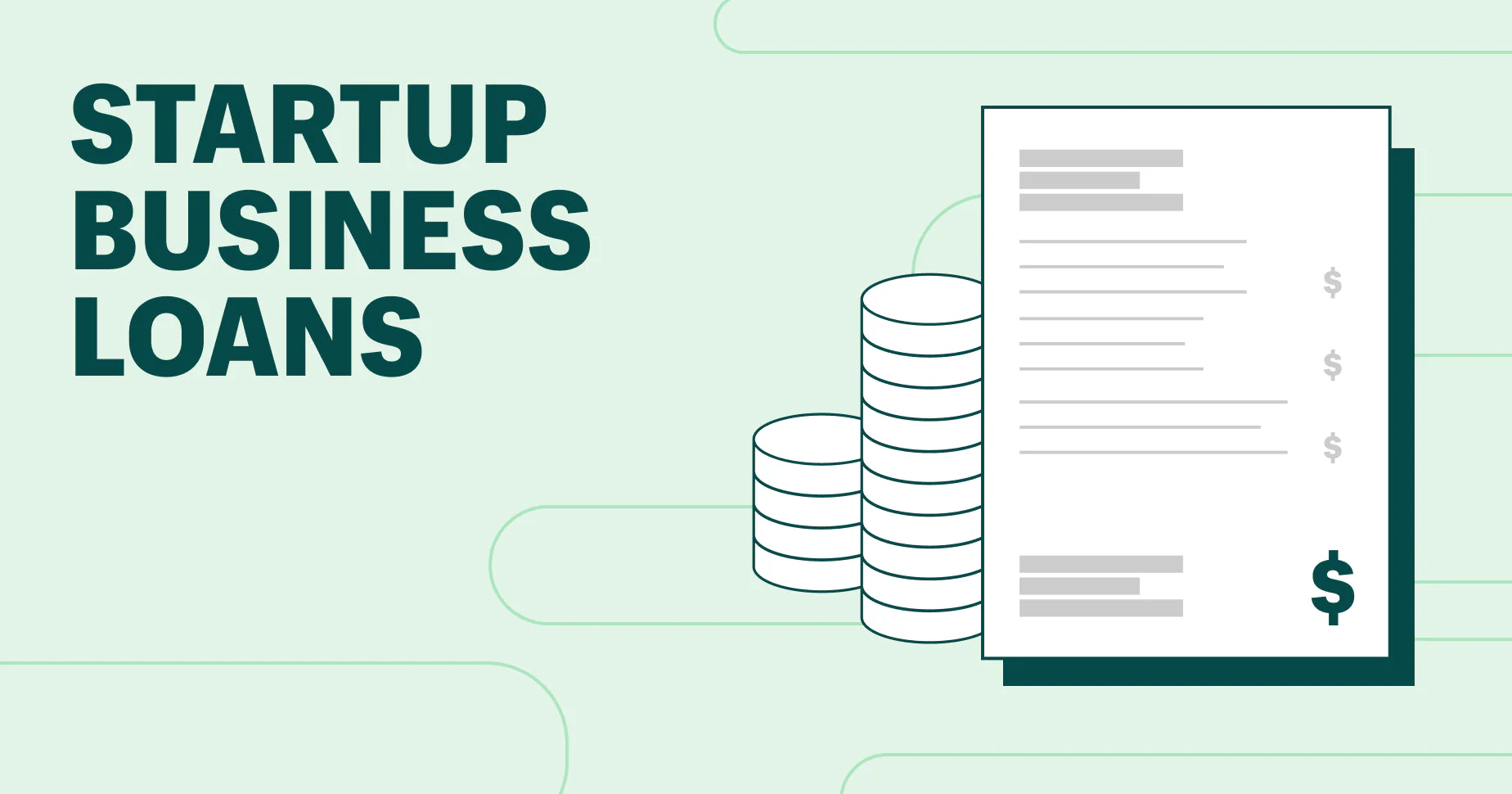For many aspiring homeowners, the biggest obstacle to buying a property is not the monthly amortization, but the significant lump sum required for the down payment. The idea of securing a home without this initial financial hurdle is a dream for many. This raises a crucial question: Can you get a home loan with no down payment? While the conventional answer is almost always no, a deeper look into the Philippine real estate and financing landscape reveals specific scenarios and programs where a low or even zero down payment is possible. This guide will provide a realistic and comprehensive overview of these options, while also shedding light on the financial implications and risks involved, empowering you to make a wise decision for your homeownership journey.
1. The Standard Rule: The Importance of a Down Payment
Before exploring the exceptions, it’s essential to understand why a down payment is a standard and non-negotiable requirement for almost all home loans. This will provide you with a clearer perspective on the pros and cons of pursuing a low or no down payment option.
Why Lenders Require a Down Payment
A down payment is more than just a sum of money; it’s a critical component of the lender’s risk assessment. It serves two primary functions: risk mitigation and a demonstration of borrower commitment.
- Risk Mitigation: A down payment reduces the bank’s exposure to risk. The property itself serves as the collateral for the loan, but property values can fluctuate. In the event of a foreclosure, a down payment ensures that the outstanding loan amount is less than the property’s value, protecting the bank from a potential loss. For example, if a property is valued at PHP 5 million and the borrower provides a 20% down payment (PHP 1 million), the bank’s loan amount is only PHP 4 million. If the property’s value drops, the bank is still likely to recover its investment. This is why a bank’s loan is typically capped at a specific Loan-to-Value (LTV) ratio, usually between 70% to 90%.
- Demonstration of Commitment: A down payment is the borrower’s “skin in the game.” By providing a substantial amount of their own money, the borrower shows a serious commitment to the property and the loan. This signals to the lender that the borrower is financially disciplined and is less likely to default on their payments. For the bank, a borrower who has saved a significant down payment is generally a lower-risk client than someone who cannot. This principle is a cornerstone of lending, and it’s why the answer to can you get a home loan with no down payment? is so often no.
The Financial Benefits for the Borrower
While saving for a down payment may seem like a burden, it offers significant long-term financial benefits for the borrower.
- Lower Loan Principal: A larger down payment means you borrow less money from the bank. This directly translates to a lower loan principal, which is the foundation for all subsequent calculations.
- Lower Monthly Amortization: With a lower principal, your monthly payments will be smaller, making it easier to manage your budget and avoid financial strain. This creates a buffer in case of unexpected expenses or income fluctuations.
- Lower Total Interest Paid: The total interest you pay over the lifetime of a loan is calculated based on the outstanding principal. By reducing the principal from the start, you can save a substantial amount of money in interest over a 15- or 20-year loan term.
- Building Equity Faster: Equity is the portion of your property that you truly own. By making a larger down payment, you start with a higher equity position from day one. This gives you more flexibility in the future, whether you want to use your home as collateral for a new loan or sell it for a profit.
2. The Exception to the Rule: When a Low or Zero Down Payment is Possible
While a true “no down payment” home loan is rare in the Philippines, there are specific scenarios where this can be achieved, either through developer-specific schemes or unique financing arrangements. It’s important to understand that these options come with their own set of trade-offs.
Pre-Selling and Developer-Sponsored Schemes
This is the most common way to get a home with a minimal upfront financial commitment. Real estate developers in the Philippines frequently offer flexible payment schemes for pre-selling projects (properties that are still under construction).
- Down Payment in Installments: Instead of requiring a 10% to 20% lump sum down payment, developers may allow you to pay the down payment over an extended period (e.g., 24 to 48 months) with zero interest. For example, a property valued at PHP 3 million with a 10% down payment (PHP 300,000) can be paid over 36 months, with a monthly payment of just PHP 8,333. After this period, the balance of the property’s value is paid via a bank or Pag-IBIG home loan.
- Zero Down Payment Promos: Some developers, especially for new projects, may offer limited-time “zero down payment” or “no down payment” promotions. Under this scheme, the borrower does not need to pay an initial down payment and can proceed directly to a bank or Pag-IBIG loan to finance the entire property value. These promotions are often a marketing tool to attract buyers and may come with certain conditions or a slightly higher selling price.
These developer-specific schemes are the closest you will get to a “no down payment” home loan in the Philippines. However, you must still have a stable income and a good credit history to get approved for the subsequent bank loan that will cover the remaining balance.
The All-In Loan: A High Loan-to-Value Ratio
In certain cases, some banks or lending institutions may offer loans with an unusually high Loan-to-Value (LTV) ratio, such as 95% or even 100%. This is another way to answer the question, can you get a home loan with no down payment?
- 95% LTV Loans: Some banks offer a higher LTV ratio for specific properties, which means you only need to provide a 5% down payment. While this reduces your upfront cost, it also increases your principal, and may come with a slightly higher interest rate and stricter eligibility criteria.
- Pag-IBIG and Developer Packages: The Pag-IBIG Fund, in partnership with certain developers, may offer a special financing package where the Pag-IBIG loan covers the full cost of the property, effectively making it a zero down payment loan. However, this is typically for specific low-cost housing projects and is not a standard offering.
These high LTV loans are not the norm and are often subject to a more rigorous application process, so it’s essential to consult with a loan officer and understand all the terms and conditions before you commit.
3. The Real Costs and Risks of a Low Down Payment
While a low or no down payment option may sound appealing, it’s crucial to understand the hidden costs and risks that can impact your financial stability in the long run.
The Trade-Offs of a Higher Principal Loan
A low or no down payment loan, by its very nature, means you are borrowing a larger sum of money. This has a direct and significant impact on your finances.
- Higher Monthly Amortization: A larger principal amount will result in a higher monthly amortization, making your financial commitment more substantial. This can put a strain on your budget and increase your risk of defaulting on payments if your income fluctuates.
- Greater Total Interest Paid: The total interest you pay over the life of your loan is directly proportional to your principal amount. A higher principal means you will pay a significantly larger amount in interest over a 15- or 20-year term, effectively increasing the overall cost of your home.
- Risk of Negative Equity: In a low or no down payment scenario, the market value of your home may not keep pace with your outstanding loan balance, especially in the early years of the loan. This is called negative equity, where you owe more than your home is worth. This can be a problem if you need to sell the property due to an emergency, as you may have to pay the difference out of your own pocket.
The Application Challenges and Stricter Scrutiny
Even if a “no down payment” option exists, it doesn’t mean it’s easy to get. Lenders will put your application under a microscope.
- Stronger Borrower Profile Required: For a high LTV or no down payment loan, the lender will require an impeccable credit history, a very stable and high income, and a strong debt-to-income ratio. They are looking for a borrower who has a proven track record of financial responsibility to offset the higher risk.
- Higher Interest Rates: To compensate for the increased risk, banks may charge a slightly higher interest rate on high LTV loans. While this may seem small, it can add up to a significant amount over a long loan term.
- Limited Options: The number of lenders and properties that offer a no down payment option is limited. This may force you to choose from a very specific and narrow selection of properties, rather than having the flexibility to choose the home that is best for you.
Conclusion
The answer to the question, can you get a home loan with no down payment? is not a simple yes or no. While true zero down payment loans are rare, there are specific developer-sponsored schemes and high-LTV loan options that can approximate this outcome. However, it’s crucial to understand the trade-offs and financial risks involved. A low or no down payment can lead to a higher monthly amortization, a greater total interest paid, and a higher risk of negative equity. The most financially prudent path for any aspiring homeowner is to save for a substantial down payment. This not only increases your chances of getting approved but also sets you on a path to a more stable and affordable homeownership journey.













